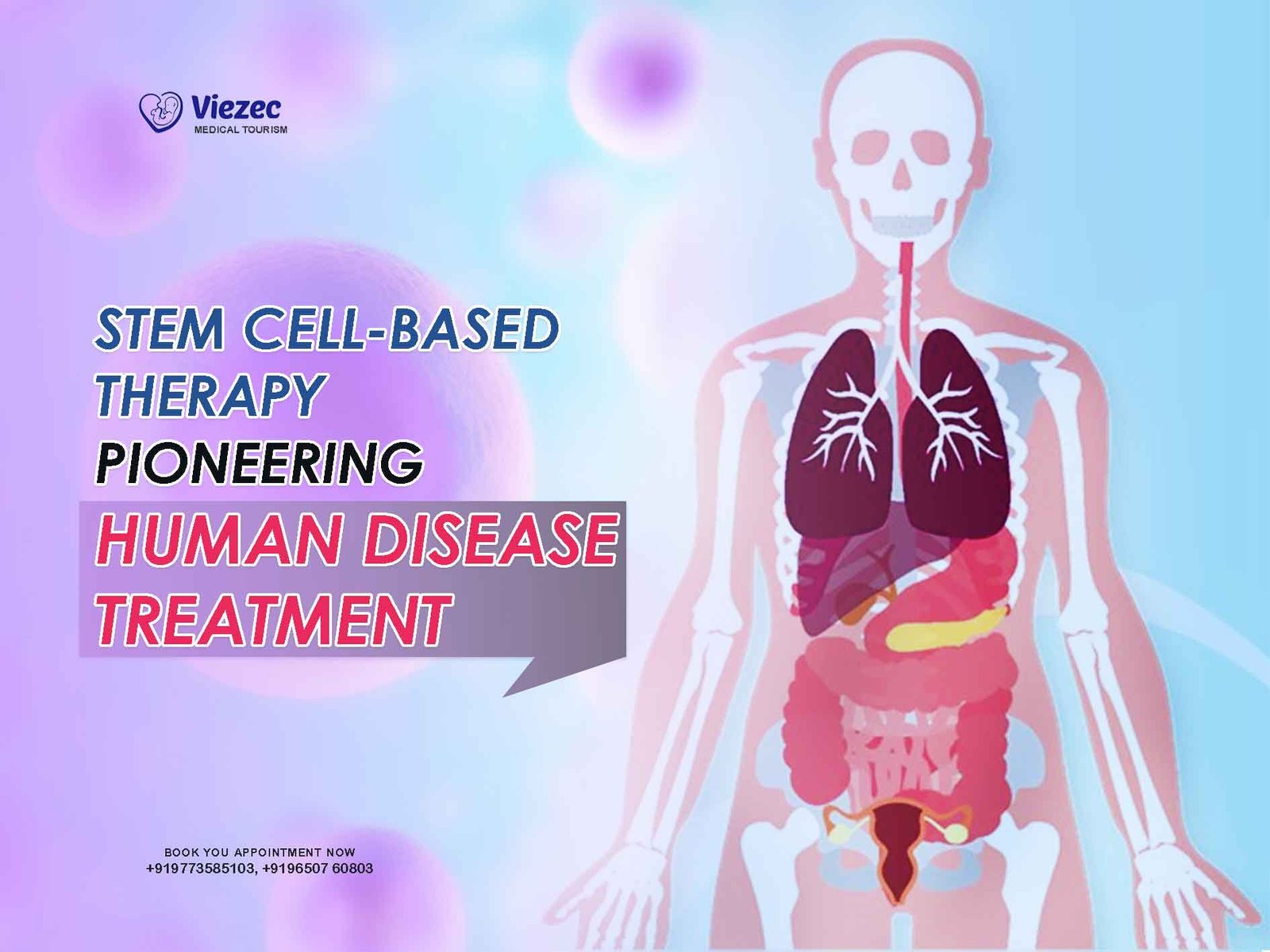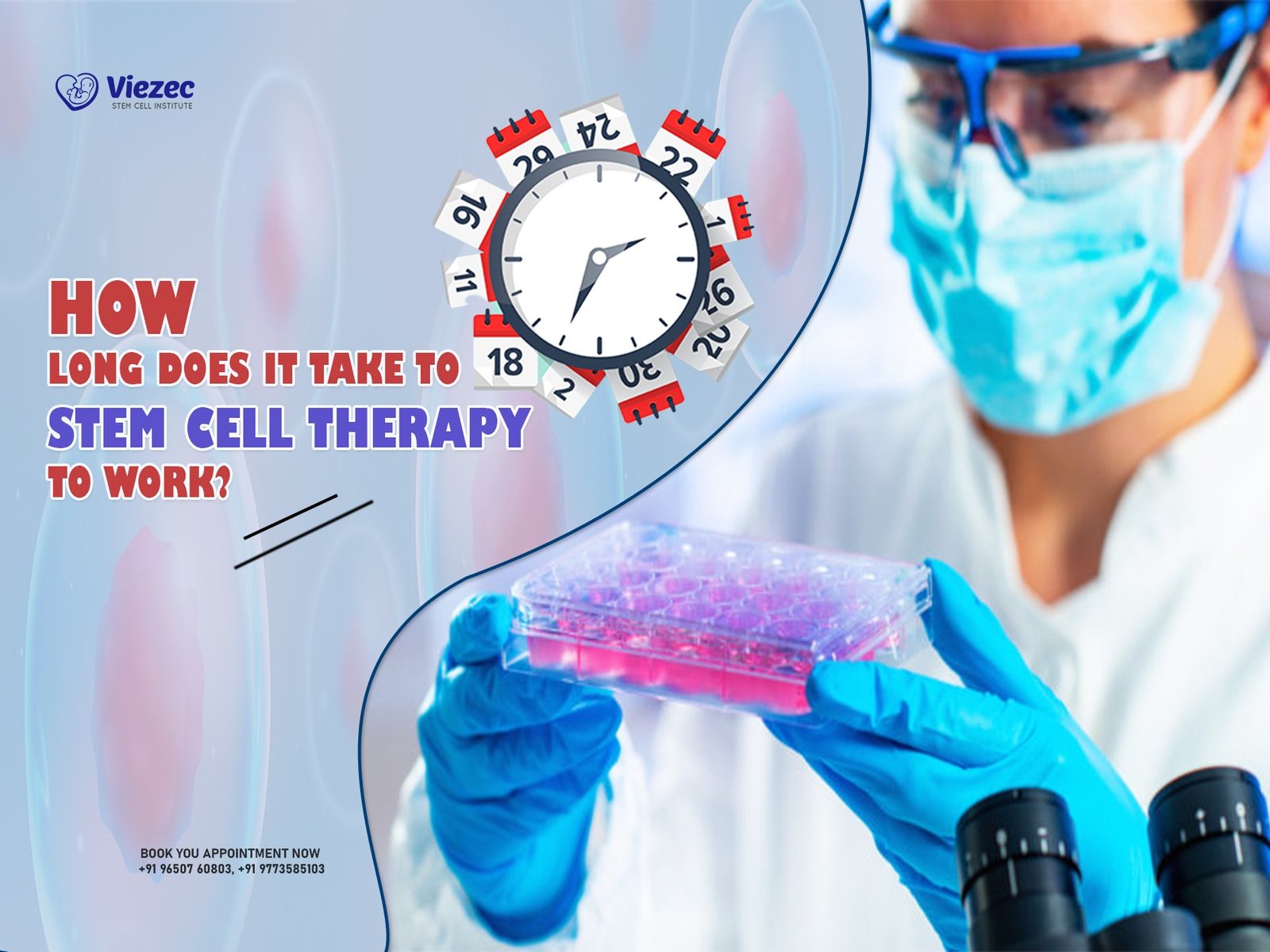Spinal cord injuries (SCIs) are devastating events that can lead to significant and often permanent changes in strength, sensation, and other bodily functions below the site of the injury. These injuries are typically the result of trauma such as car accidents, falls, or sports injuries, although they can also occur due to non-traumatic causes like tumors or infections. The spinal cord is a critical part of the central nervous system, responsible for transmitting messages between the brain and the rest of the body. Damage to the spinal cord disrupts these messages, resulting in varying degrees of motor and sensory loss. Understanding the nature and impact of SCIs is crucial for developing effective treatments and improving patient outcomes.
Current Challenges in Spinal Cord Injury Treatment
Despite advances in medical science, treating spinal cord injuries remains a significant challenge. The complexity of the spinal cord and the intricacies involved in its repair make it difficult to achieve full recovery. Current treatment options are primarily focused on stabilizing the patient, preventing further injury, and managing symptoms. These may include surgical interventions, medications to reduce inflammation, and physical therapy to maintain muscle strength and mobility. However, these treatments often fall short in restoring lost function, leaving patients with lifelong disabilities. This underscores the need for innovative therapies that can promote regeneration and repair of the spinal cord.
The Promise of Stem Cell Therapy
Stem cell therapy has emerged as a promising avenue for treating spinal cord injuries. Stem cells have the unique ability to develop into different types of cells, offering the potential to replace damaged neurons and restore function. Research in this area is advancing rapidly, with numerous preclinical studies and clinical trials demonstrating the potential benefits of stem cell therapy for SCI patients. The ability of stem cells to promote tissue regeneration, reduce inflammation, and modulate the immune response positions them as a key player in the future of SCI treatment. While challenges remain, the progress made so far offers hope for improved recovery outcomes for those affected by spinal cord injuries.
Anatomy of the Spinal Cord
Structure and Function of the Spinal Cord
The spinal cord is a long, thin, tubular structure made up of nervous tissue, extending from the brainstem down through the vertebral column. It is protected by the spinal vertebrae and surrounded by cerebrospinal fluid, which cushions it from damage. The spinal cord is composed of white matter and gray matter. White matter contains myelinated nerve fibers that form communication pathways between different parts of the central nervous system, while gray matter contains nerve cell bodies and is involved in muscle control and sensory perception. The primary function of the spinal cord is to transmit neural signals between the brain and the rest of the body, facilitating movement and sensation.
Types of Spinal Cord Injuries
Complete vs. Incomplete Injuries
Spinal cord injuries can be classified into two main categories: complete and incomplete. In a complete spinal cord injury, there is a total loss of sensory and motor function below the level of the injury. This type of injury often results in permanent paralysis. In contrast, an incomplete spinal cord injury involves partial damage to the spinal cord, allowing for some degree of function below the injury site. The extent of recovery in incomplete injuries varies widely among individuals, depending on the severity and location of the injury. Understanding these classifications is essential for tailoring treatment approaches to individual patients’ needs.
Common Causes of Spinal Cord Injuries
Spinal cord injuries can occur from a variety of causes, with traumatic events being the most common. These include motor vehicle accidents, falls, sports-related injuries, and acts of violence such as gunshot wounds. Non-traumatic causes of SCI can include diseases like cancer, infections, inflammation, and degenerative conditions such as arthritis. Each cause presents unique challenges in terms of prevention, treatment, and rehabilitation. Preventative measures, early diagnosis, and appropriate management are critical in mitigating the impact of these injuries and improving patient outcomes.
Understanding Spinal Cord Injury
Pathophysiology of Spinal Cord Injuries
The pathophysiology of spinal cord injuries involves complex processes that begin immediately after the injury and continue for weeks or even months. The initial phase, known as the primary injury phase, is characterized by the immediate mechanical damage to the spinal cord tissue, including the disruption of neurons, blood vessels, and supporting cells. This is followed by the secondary injury phase, during which a cascade of biological events leads to further damage. These events include inflammation, oxidative stress, and cell death. Understanding these processes is crucial for developing interventions that can limit the extent of the damage and promote healing.
Stages of Spinal Cord Injury
Primary Injury Phase
The primary injury phase occurs at the moment of trauma and involves direct mechanical damage to the spinal cord. This can include the severing of axons, hemorrhage, and disruption of the blood-spinal cord barrier. The immediate aftermath of the injury sees the initiation of processes that can lead to cell death and further damage. This phase is typically irreversible, making the prevention of additional injury critical. Immediate medical attention is essential to stabilize the spine, prevent further damage, and provide the best possible foundation for subsequent treatment efforts.
Secondary Injury Phase
The secondary injury phase begins minutes to days after the initial trauma and involves a series of pathological processes that exacerbate the initial injury. These include inflammation, which can cause further damage to nervous tissue; oxidative stress, which can lead to cell death; and the formation of scar tissue, which can impede nerve regeneration. Therapeutic interventions during this phase aim to mitigate these processes, reduce inflammation, and promote healing. The secondary injury phase presents a critical window of opportunity for therapeutic intervention to improve outcomes for patients with spinal cord injuries.
Symptoms and Diagnosis
Symptoms of spinal cord injuries can vary widely depending on the severity and location of the injury. Common symptoms include loss of movement, loss of sensation, and changes in reflexes. In more severe cases, individuals may experience paralysis, loss of bowel and bladder control, and difficulties with breathing. Diagnosis typically involves a combination of physical examinations, imaging studies such as MRI or CT scans, and neurological assessments. Early and accurate diagnosis is crucial for determining the extent of the injury and planning appropriate treatment and rehabilitation strategies.
Stem Cells: An Overview
Types of Stem Cells
Embryonic Stem Cells
Embryonic stem cells are derived from early-stage embryos and have the ability to differentiate into any cell type in the body. This pluripotency makes them a powerful tool for regenerative medicine, including the treatment of spinal cord injuries. However, their use is associated with ethical concerns and potential risks such as tumor formation. Despite these challenges, research involving embryonic stem cells continues to provide valuable insights into cell differentiation and tissue regeneration.
Adult Stem Cells
Adult stem cells, also known as somatic stem cells, are found in various tissues throughout the body, including the bone marrow, brain, and spinal cord. Unlike embryonic stem cells, they are typically limited to differentiating into cell types specific to their tissue of origin. For example, hematopoietic stem cells in the bone marrow can give rise to different blood cells. Adult stem cells are considered less controversial than embryonic stem cells and have been successfully used in various clinical applications, including bone marrow transplants.
Induced Pluripotent Stem Cells (iPSCs)
Induced pluripotent stem cells (iPSCs) are adult cells that have been genetically reprogrammed to an embryonic stem cell-like state. This reprogramming allows iPSCs to differentiate into any cell type, making them a versatile tool for regenerative medicine. iPSCs offer the advantages of being patient-specific, which reduces the risk of immune rejection, and avoiding the ethical issues associated with embryonic stem cells. Research involving iPSCs holds great promise for developing personalized treatments for spinal cord injuries and other conditions.
Properties and Potential of Stem Cells
Stem cells possess unique properties that make them valuable for regenerative medicine. These include the ability to self-renew, which allows them to divide and produce more stem cells, and the ability to differentiate into specialized cell types, which enables them to replace damaged or lost cells. In the context of spinal cord injuries, these properties offer the potential to regenerate damaged nervous tissue, restore lost function, and improve patient outcomes. Research is ongoing to harness the full potential of stem cells and translate these findings into effective treatments.
Mechanisms of Stem Cell Therapy
How Stem Cells Repair Damage
Stem cells can repair damage in spinal cord injuries through several mechanisms. These include replacing lost or damaged cells, promoting the survival and function of existing cells, and modulating the immune response to reduce inflammation. By differentiating into neurons and other supporting cells, stem cells can help rebuild the neural network and restore communication between the brain and the body. Additionally, stem cells can secrete various growth factors and cytokines that support tissue repair and regeneration. Understanding these mechanisms is essential for optimizing stem cell therapy for spinal cord injuries.
Differentiation and Integration into Neural Tissues
For stem cell therapy to be effective, the transplanted stem cells must differentiate into the appropriate cell types and integrate into the existing neural tissues. This process involves the formation of new neurons, glial cells, and other supporting cells, which can then establish functional connections with the host tissue. Successful integration is influenced by factors such as the microenvironment of the injury site, the presence of growth factors, and the immune response. Research is focused on optimizing these factors to enhance the differentiation and integration of stem cells into neural tissues.
Stem Cell Migration and Homing
Stem cell migration and homing refer to the ability of stem cells to move to the site of injury and remain there to exert their therapeutic effects. This process is guided by various signals released by the damaged tissue, including chemokines and growth factors. Effective migration and homing are critical for the success of stem cell therapy, as they ensure that the stem cells reach the target area and contribute to tissue repair. Researchers are exploring ways to enhance these processes, such as by modifying the stem cells or the injury site to improve homing efficiency.
Rehabilitation and Stem Cell Therapy
Integrating Rehabilitation with Stem Cell Treatment
Integrating rehabilitation with stem cell therapy is essential for maximizing the benefits of treatment for spinal cord injury patients. Rehabilitation, which includes physical and occupational therapy, helps patients regain strength, mobility, and independence. When combined with stem cell therapy, rehabilitation can enhance the functional recovery of patients by promoting the integration and function of transplanted stem cells. Tailored rehabilitation programs are designed to meet the specific needs of each patient, facilitating their recovery and improving their quality of life.
Physical and Occupational Therapy Post-Treatment
Physical and occupational therapy play a crucial role in the recovery process following stem cell treatment for spinal cord injuries. Physical therapy focuses on improving strength, flexibility, and mobility through exercises and activities that target specific muscle groups. Occupational therapy helps patients regain the skills needed for daily living, such as dressing, bathing, and cooking. Both types of therapy are tailored to the individual needs of each patient, helping them to achieve their maximum potential and regain independence. The combination of stem cell therapy and rehabilitation offers a comprehensive approach to recovery.
Long-Term Follow-Up and Quality of Life
Long-term follow-up is essential for monitoring the progress and outcomes of patients who have undergone stem cell therapy for spinal cord injuries. Regular assessments help track improvements in function, identify any complications, and adjust treatment plans as needed. Long-term follow-up also provides valuable data on the safety and efficacy of stem cell therapy, contributing to the advancement of the field. Improving the quality of life for patients is a primary goal, and ongoing support and rehabilitation are crucial for achieving this. Patients and their families are encouraged to participate in follow-up care and stay engaged in their recovery journey.
Comparative Analysis with Other Treatments
Stem Cell Therapy vs. Traditional Treatments
Stem cell therapy offers several advantages over traditional treatments for spinal cord injuries. Traditional treatments, such as surgery and medication, primarily focus on stabilizing the patient, managing symptoms, and preventing further damage. While these treatments are essential, they often fall short in promoting significant functional recovery. In contrast, stem cell therapy aims to repair and regenerate damaged tissue, offering the potential for more substantial and long-lasting improvements in function. Comparative studies have shown that patients receiving stem cell therapy often experience better outcomes in terms of motor and sensory function, highlighting the promise of this innovative approach.
Comparisons with Emerging Therapies
In addition to traditional treatments, several emerging therapies for spinal cord injuries are being explored. These include neuroprotective agents, which aim to protect nerve cells from damage, and neuroregenerative strategies, which seek to promote the growth of new neural connections. Gene therapy, which involves modifying genes to treat or prevent disease, is another promising approach. When compared to these emerging therapies, stem cell therapy stands out for its ability to directly replace damaged cells and support tissue regeneration. However, each of these therapies has its own strengths and limitations, and ongoing research is needed to determine the most effective treatment strategies.
Case Studies and Success Stories
Notable Patient Recoveries
Several case studies and success stories highlight the potential of stem cell therapy for spinal cord injuries. For example, a patient who sustained a severe spinal cord injury in a car accident showed significant improvement in motor function after receiving stem cell therapy. Over the course of several months, the patient regained the ability to walk with assistance, demonstrating the regenerative potential of stem cells. Such stories provide hope and inspiration for other patients and underscore the importance of continued research and clinical trials to refine and expand the use of stem cell therapy.
Long-term Outcomes and Follow-ups
Long-term outcomes and follow-ups of patients who have undergone stem cell therapy for spinal cord injuries are crucial for understanding the full impact of the treatment. Studies have shown that many patients experience sustained improvements in motor and sensory function, reduced pain, and enhanced quality of life. These long-term outcomes highlight the potential for stem cell therapy to provide lasting benefits for patients. Regular follow-ups are essential to monitor progress, address any complications, and ensure the continued success of the treatment.
Lessons Learned from Clinical Practice
Clinical practice has provided valuable insights into the application of stem cell therapy for spinal cord injuries. One key lesson is the importance of patient selection, as not all patients may be suitable candidates for stem cell therapy. Factors such as the severity and location of the injury, as well as the patient’s overall health, play a crucial role in determining the likelihood of success. Additionally, the timing of the treatment is important, with some studies suggesting that earlier intervention may lead to better outcomes. These lessons underscore the need for personalized treatment plans and highlight the importance of ongoing research and clinical trials.
Frequently Asked Questions
1. What are the risks associated with stem cell therapy for spinal cord injuries?
Stem cell therapy carries potential risks, including the possibility of immune rejection, tumor formation, and complications related to the transplantation procedure. It is important for patients to discuss these risks with their healthcare provider and weigh the potential benefits against the risks before undergoing treatment.
2. How long does it take to see results from stem cell therapy?
The timeline for seeing results from stem cell therapy can vary widely among patients. Some individuals may experience improvements within a few months, while others may take longer. It is important to have realistic expectations and understand that recovery is a gradual process that may require ongoing rehabilitation and follow-up care.
3. Are there any ethical concerns with using stem cells for spinal cord injuries?
Ethical concerns primarily relate to the use of embryonic stem cells, which involve the destruction of embryos. However, the use of adult stem cells and induced pluripotent stem cells (iPSCs) presents fewer ethical issues. Patients should discuss these concerns with their healthcare provider to make an informed decision.
4. Can stem cell therapy completely cure spinal cord injuries?
While stem cell therapy holds great promise for improving function and quality of life, it is not a guaranteed cure for spinal cord injuries. The extent of recovery can vary depending on several factors, including the severity of the injury and the individual patient’s response to treatment. Ongoing research aims to enhance the effectiveness of stem cell therapy and move closer to achieving complete recovery.









